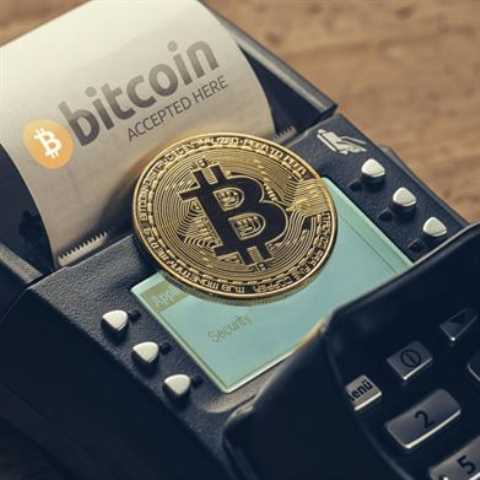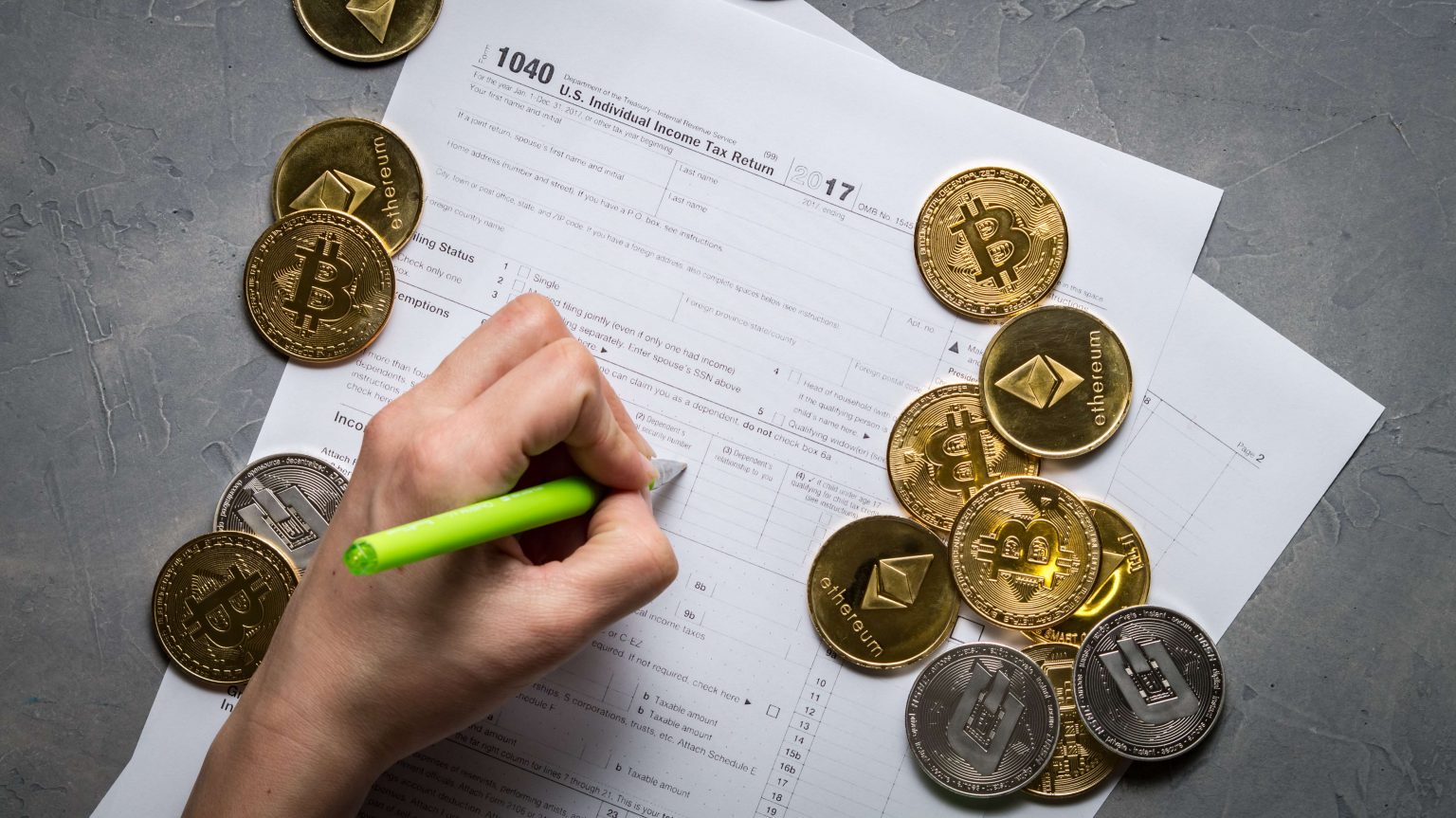
But because this process is potentially lucrative, blockchain mining has been industrialized. These proof-of-work blockchain-mining pools have attracted attention for the amount of energy they consume. Consortium blockchains, also known as federated blockchains, are permissioned networks that are operated by a select group. Multiple users have the power to set the rules, edit or cancel transactions. With shared authority, the blockchain may enjoy a higher rate of efficiency and privacy. In logistics, blockchain acts as a track-and-trace tool that follows the movement of goods through the supply chain.
Supply Chain Monitoring

Blockchain presents investors with exciting new opportunities, but it also comes with a number of risks. Web browser company Brave uses a blockchain to verify when users have viewed ads and, in turn, pays publishers when those same users consume content. Every business and organization engages in many types of transactions every day. You know your customers, your clients, your colleagues, and your business partners. Having worked with them and their products, data, or information, you have a pretty good idea of their value and trustworthiness. In a recent paper, Catalini explains why business leaders should be excited about blockchain — it can save them money and could upend how business is conducted.
Blockchain Transparency
- A public blockchain is one that anyone can join and participate in, such as Bitcoin.
- Another blockchain innovation are self-executing contracts commonly called “smart contracts.” These digital contracts are enacted automatically once conditions are met.
- Most public blockchains arrive at consensus by either a proof-of-work or proof-of-stake system.
- But it wasn’t until almost two decades later, with the launch of Bitcoin in January 2009, that blockchain had its first real-world application.
- Luckily, this step has been sped up with the advent of smart contracts, which are self-executing programs coded into a blockchain that automate the verification process.
When a user initiates a transaction, such as sending a certain amount of cryptocurrency to another user, that transaction is broadcast to the network. Each node authenticates the transaction by verifying digital signatures and other transaction data. https://www.tokenexus.com/ The earliest model of a blockchain was created in the early 1990s when computer scientist Stuart Haber and physicist W. Scott Stornetta employed cryptographic techniques in a chain of blocks as a way to secure digital documents from data tampering.
Future Scope of Blockchain Technology
The use of decentralized finance (DeFi) has grown at an exponential rate, rising from a total value locked (TVL) of under $1 billion in May 2020 to over $80 billion in May 2021. As a result, this blockchain-based form of traditional financial trading has leapt to the forefront of cryptocurrency trends, leaving many to wonder if its rapid ascent can be recaptured or even expanded upon. As DeFi use cases increase within the financial sector, the concept’s future is expected to hinge on its growing market accessibility and usability. Proof of Stake (PoS) is a consensus mechanism designed to address some of the drawbacks of Proof of Work (PoW).

Why Is Blockchain Important?
- While some blockchain entities use other systems to secure their chains, this approach, called proof of work, is the most thoroughly battle-tested.
- In Bitcoin, your transaction is sent to a memory pool, where it is stored and queued until a miner picks it up.
- This approach ensures secure transactions because only the legitimate owner of the private key can authorize a transaction but everyone can verify the signatures using the public key.
- The critical aspect that separates blockchain from all other ledgers and databases is that it’s designed to distribute and record information on a peer-to-peer basis that, once completed, is unchangeable and incorruptible.
- In a consortium blockchain, multiple organizations come together to create a shared blockchain network that is jointly managed and governed.
- There are several effective educational pathways for aspiring blockchain professionals, but a fintech bootcamp stands as the most comprehensive option.
Bitcoin has a native currency—BTC—with built-in distribution mechanics and financial incentives to keep the network operational without a central coordinator. Bitcoin has a censorship-resistant hard cap on the money supply; there will never be more than 21 million BTC. These deflationary monetary properties lead some to argue that BTC is a stronger store of value than inflationary fiat currencies.
Today, most ledgers are handled by centralized entities such as a bank, which maintain and store ledgers on their own servers in opaque databases. Blockchain technology is still susceptible to 51% attacks, which can circumvent a consensus algorithm. With these attacks, an attacker has more than 50% control over all the computing power on a blockchain, giving them the ability to overwhelm the other participants on the network. This type of attack is unlikely, though, because it would take a large amount of effort and a lot of computing power to execute.
What Is Blockchain Technology?
One company taking advantage of blockchain’s transparency and data ledger technology is Spring Labs. With a mission to give businesses a way to transfer information faster and more securely, they tap into the inherent safety that comes from blockchain capabilities. When a mining node becomes the first to solve a new block’s crypto-puzzle, it sends the block to the rest of the network for approval, earning digital tokens in reward. Mining difficulty is encoded in the blockchain’s protocol; Bitcoin and Ethereum are designed to make it increasingly hard to solve a block over time.
For example, if you put in the same input a million times in a row, regardless of when you enter it, the hash function has to produce the same output every single time. When you have many different collections of data, they’re stored together using a system based on blocks of data chained together. Because each block is chained to those around it, they interact with each other. Blockchain is also facing legal and regulatory challenges, What is Blockchain as well as controversies surrounding fraudulent activities, such as the high-profile collapse of exchange service FTX. Despite this, enterprises are continuing to invest in blockchain and its applications, most notably through the rise of NFTs and the NFT marketplace. In fact, conventional, centralized databases are often the better option in many circumstances, especially when speed and performance are critical.


0 responses on "What Is Blockchain?"